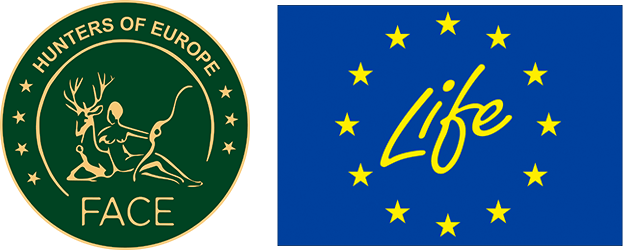To test the use of non-invasive genetic sampling as a process to estimate population size Volunteer hunters were requested to submit any located bear feces. Samples were collected, submitted and genetically analysed to estimate the population size. 90% of all data submitted was submitted by hunters
Country: Sweden
Region: Dalarna and Gavleborg counties
Starting date: 2001
Species: Brown Bear (Ursus Arctos)
Species characteristics: Huntable species, Protected species, Threatened species
Type of actions: Research and data collection
Leading partners: Department of Ecology and Natural Resource Management, Agricultural University of Norway (https://www.nmbu.no/en/about-nmbu/faculties/miljotek/departments/ina)Laboratoire d?Ecologie Alpine, Génomique des Populations et Biodiversité (http://www-leca.ujf-grenoble.fr/?lang=en)Norwegian Institute for Nature Research (http://www.nina.no/english/home)Scandinavian Brown Bear Project (http://bearproject.info/)

